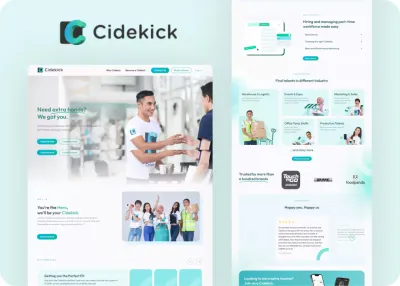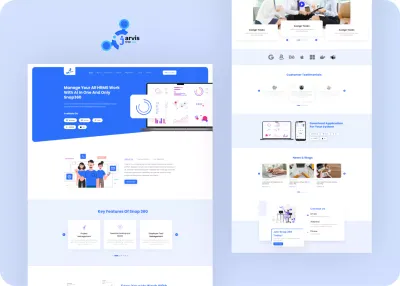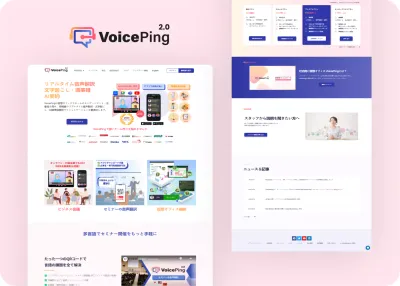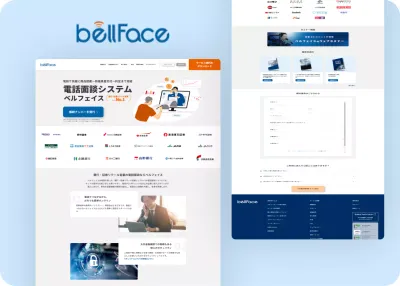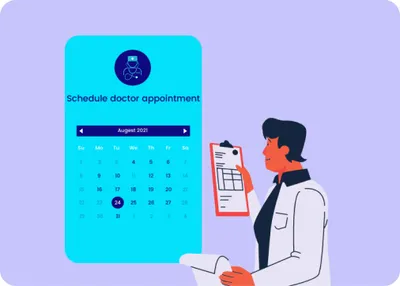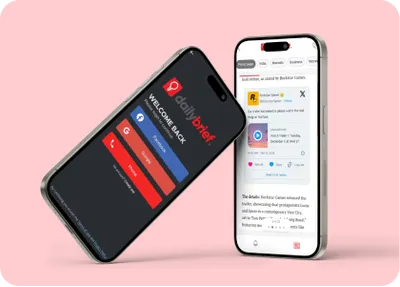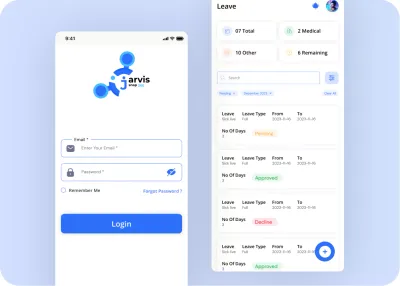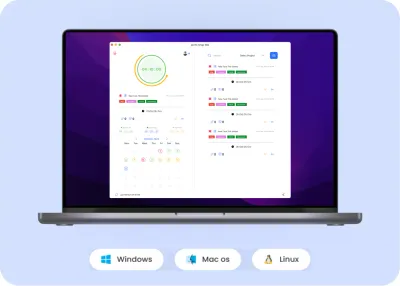Product Development Life Cycle
Efficiently navigate product development: ideate, design, develop, test, and deploy, ensuring seamless processes and successful project outcomes.
Streamline Product Development Life Cycle
In the management phase, testers identify missed bugs, ensuring a smooth user experience. Regular quality checks maintain your digital product's optimal performance.
Get A QuoteWhy Choose JarvisBitz For Product Development Life Cycle Stages at Jarvisbits?
At JarvisBitz, the product development life cycle stages revolve around six main phases. This process is important when you are developing new apps. Knowing what needs to be done in the SDLC process can help product managers meet the entire team. It also helps you understand milestones and communicate progress to stakeholders. Let's jump!
Planning and Analysis
The first phase of the product development life cycle consists of the planning phase where you are gathering requirements from your customer or stakeholders and the requirements analysis phase where you determine the feasibility of making the product, the revenue potential, the cost of the product, the needs of the users, etc.
Design
The original plan and vision are elaborated into the basic structure of the product, including system design, programming languages, templates, platforms to be used, and application security measures. This is where you can flowchart how the product reacts to user actions.
Development
The actual development phase is where the development team turns product specifications and business requirements into code that builds the product. This SDLC phase can take a long time. It is important to have defined timelines and milestones so that the product developers understand the expectations and you can keep track of progress during these phases.
Testing
Before a product is taken to market, it's important for your quality assurance team to test it to make sure it's working properly and does what it's supposed to. The testing process can help eliminate any major user experience issues and security issues.
Maintenance
If you are following the waterfall structure of the product development process, the maintenance phase is the last phase of the PDLC. However, the industry is moving towards a more agile product development approach where maintenance is just a stage for further improvement.

Managing your product development life
In the management phase, our testers catch overlooked bugs, ensuring a smooth user experience. Quality checks maintain your digital product's peak performance.
The Essential Role of Product Development Life Cycle
- 1.
Optimize Resources
Streamline resource allocation by clearly defining project phases, tasks, and responsibilities, ensuring efficient use of time and talent.
- 2.
Mitigate Risks
Identify potential issues early, enabling proactive problem-solving and risk management, reducing unexpected setbacks during development.
- 3.
Enhance Quality
Promote rigorous testing and validation at every stage, ensuring high-quality products that meet industry standards and customer expectations.
- 4.
Improve Time-to-Market
Enable faster development and deployment through organized workflows, reducing time-to-market and gaining a competitive edge.
- 5.
Facilitate Collaboration
Encourage interdisciplinary collaboration among teams, enhancing communication and synergy for innovative problem-solving.
- 6.
Adapt to Changes
Provide a flexible framework that accommodates evolving requirements, market demands, and technological advancements, ensuring adaptability.
- 7.
Achieve Customer Satisfaction
Deliver products that align with customer needs and preferences, fostering satisfaction and building brand loyalty.


